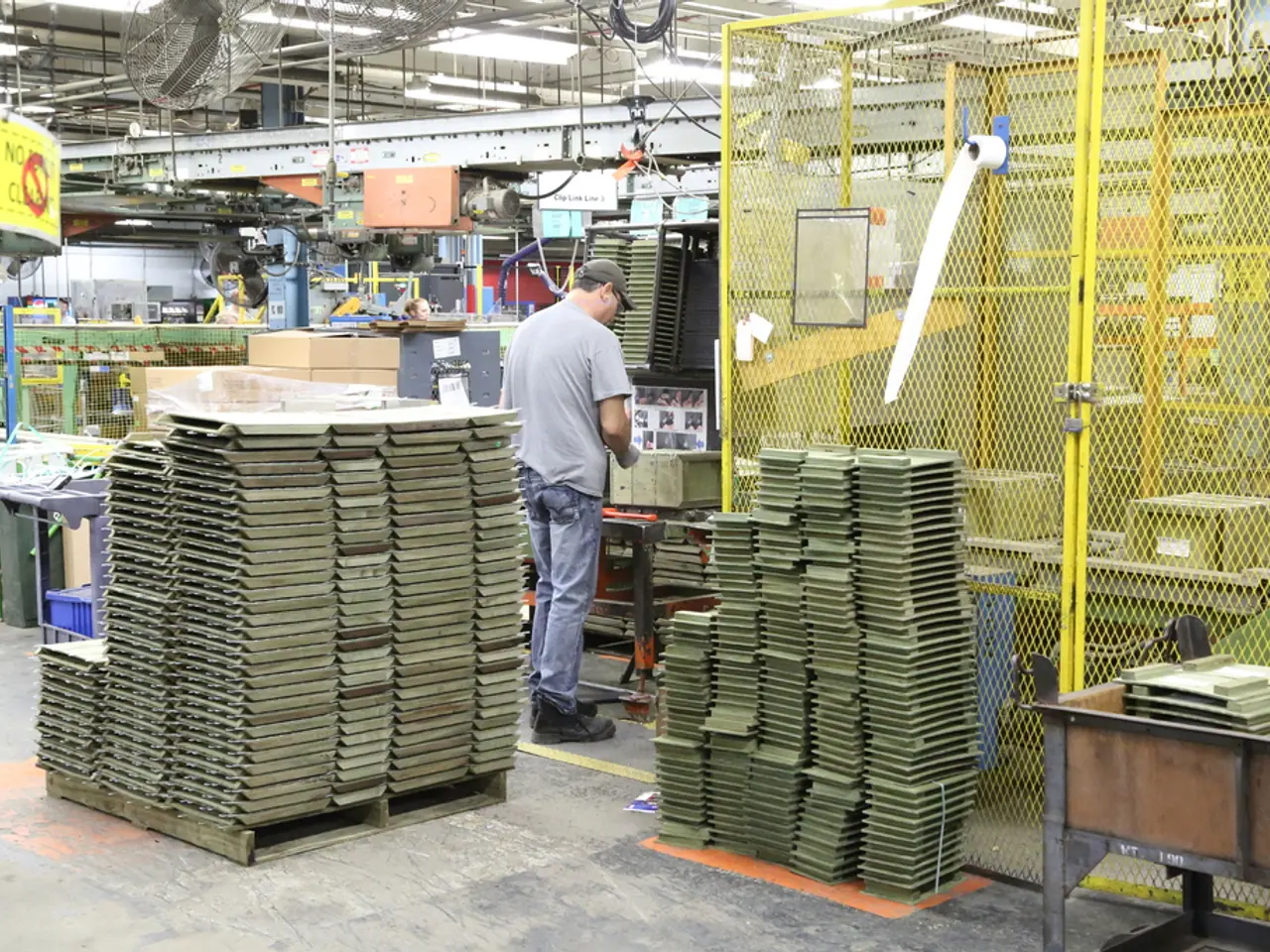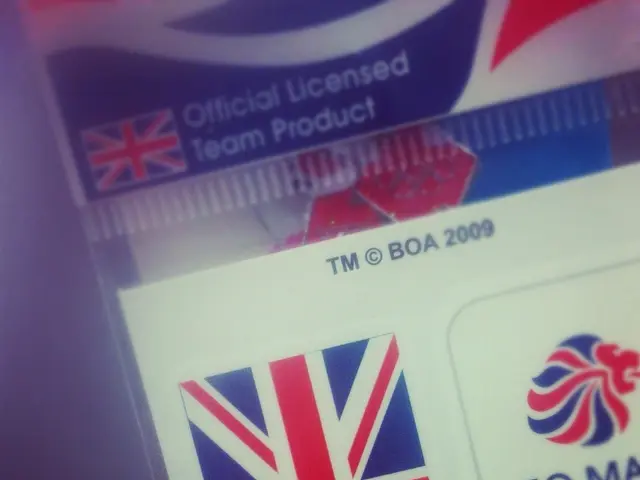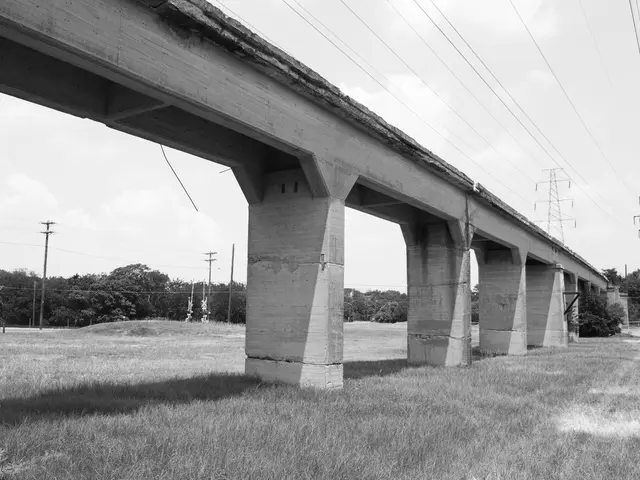Computer Vision Transforming Mass Manufacturing Landscapes by Scaling Production Processes
Computer vision is revolutionising the manufacturing industry, offering numerous benefits that address common challenges faced in production. By enhancing product quality, increasing production speed, reducing waste and downtime, improving worker safety, and enabling continuous process improvement, computer vision development services are becoming an essential tool for modern factories.
Improved Product Quality and Defect Detection
Computer vision systems detect defects early and consistently during manufacturing, preventing faulty products from progressing down the line. This reduces rework, scrap, and warranty claims, thereby addressing the challenge of quality variability and manual inspection errors.
Faster and More Consistent Inspections
Automated visual inspection replaces slow, fatigue-prone, and subjective manual checks with rapid, objective, and tireless analysis. This overcomes bottlenecks and inspection delays that can slow production throughput.
Waste Reduction and Cost Savings
By minimising defective output and reducing the need for labor-intensive rework, computer vision lowers material waste and operational expenses, directly supporting lean manufacturing principles aimed at reducing inefficiency.
Enhanced Worker Safety
Vision AI can automate dangerous, repetitive, or ergonomically challenging tasks, keeping workers out of harm’s way. It also monitors adherence to safety protocols such as PPE usage and restricted zone enforcement, helping reduce workplace accidents.
Real-time Data Analytics for Continuous Improvement
Computer vision systems generate valuable visual data streams that enable monitoring of key performance indicators (KPIs), spotting inefficiencies, and enabling iterative process improvements aligned with philosophies like Kaizen.
Precision and Flexibility in Automation
Integrated with robotics, computer vision guides robots to handle complex tasks such as bin picking and assembly with high precision, alleviating prior limitations caused by random part orientation or complex manipulations.
Integration with Existing Infrastructure
Many computer vision solutions can be implemented without extensive retooling by installing cameras above conveyor belts or workstations, making adoption faster and less disruptive.
Successful scaling of computer vision solutions depends on stable integration, trained teams, clear objectives, and continuous data updates. Key metrics for measuring success include defect detection rate, false reject rate, inspection cycle time, uptime, and cost per inspected unit.
Before starting any computer vision initiative, define the exact problem you want to solve. University research shows PCB inspection systems using template subtraction and threshold checks reliably flag missing components and misaligned parts. A study used YOLO-Weld with transfer learning to locate laser weld points in real production settings.
Industrial suites such as Cognex VisionPro or Matrox Imaging Library come with built-in I/O, lighting control, and hardware calibration tools. Synthetic data generation creates labeled samples using 3D models, controlled lighting conditions, and software-generated anomalies.
Not all camera systems work for all tasks. Choose hardware based on what your vision system needs to see. AI-based vision systems transform tasks that involve visual checks into scalable, automated steps. Examples include welding inspections in the automotive industry, PCB testing in electronics, and food safety checks in processing plants.
Choose software based on what your factory might need next year. Flexible license terms and clear upgrade paths help avoid future rebuilds. Computer vision systems can be applied directly on the line to track assembly accuracy, detect anomalies, or check the surface quality of each item. Tyson Foods tested vision systems to monitor hygiene steps and detect foreign items in production lines.
Without experienced support, it becomes difficult to scale systems or maintain reliability across multiple product lines. Deep learning models now inspect hundreds of weld points per second with over 90% accuracy. Startups and global manufacturers alike use vision AI to check weld quality, solder joint accuracy, or product labeling.
A well-integrated computer vision setup improves production metrics, including lower error rates, faster inspection cycles, and cost savings over time. A proof of concept (PoC) helps verify if computer vision for learning defect patterns or tracking parts are viable in your environment. Careful planning up front prevents expensive redesigns later in the project.
OpenCV is widely used because it's free, well-documented, and flexible, but lacks ready-made interfaces for industrial protocols like OPC UA or real-time PLC integration. As factories move toward fully connected systems, focusing on predictive decisions, process learning, and optimization, computer vision will continue expanding its role in manufacturing.
- Computer vision systems, integrating virtual reality and augmented reality, offer early detection of defects during manufacturing, thereby reducing rework, scrap, and warranty claims.
- In the finance industry, computer vision software is being utilized to streamline the inspection of documents and checks, increasing efficiency and reducing human errors.
- Mobile learning solutions, enhanced by computer vision, provide customized and immersive training simulations, revolutionizing the industry's approach to employee development and training.
- As technology advances, computer vision development services have become indispensable in the manufacturing industry, offering solutions for quality control, speed, waste reduction, worker safety, and continuous process improvement.
- By adopting computer vision solutions, various sectors such as finance, technology, and manufacturing, can realize cost savings and increased productivity through the automation of repetitive, subjective, and dangerous tasks.
- In the automotive industry, AI-based vision systems are transforming welding inspections, increasing precision and scalability, and reducing the risk of human error in quality checks.
- The vision science community continues to innovate, developing algorithms and software that can accurately identify defects in complex industrial processes, contributing to the expansion of computer vision's role in manufacturing.
- The integrated use of computer vision, simulations, and learning software solutions allows industries such as manufacturing, finance, and technology to harness the power of predictive decisions, process learning, and optimization, continuing to drive efficiency and innovation.




